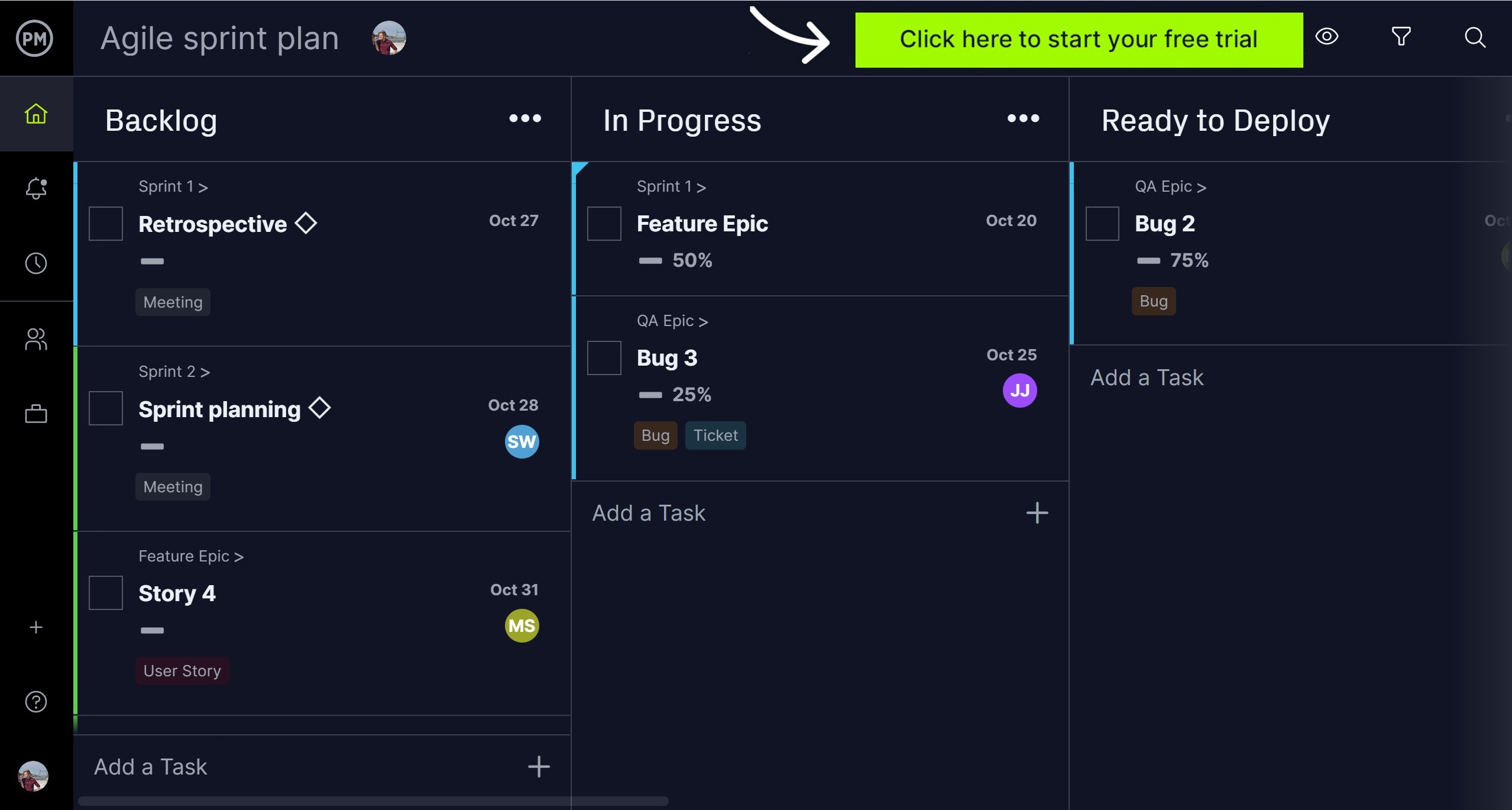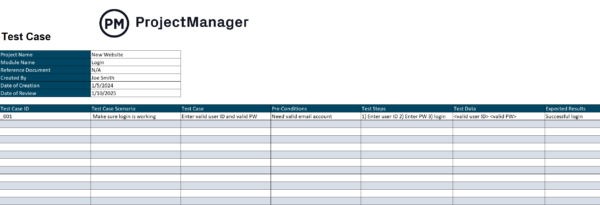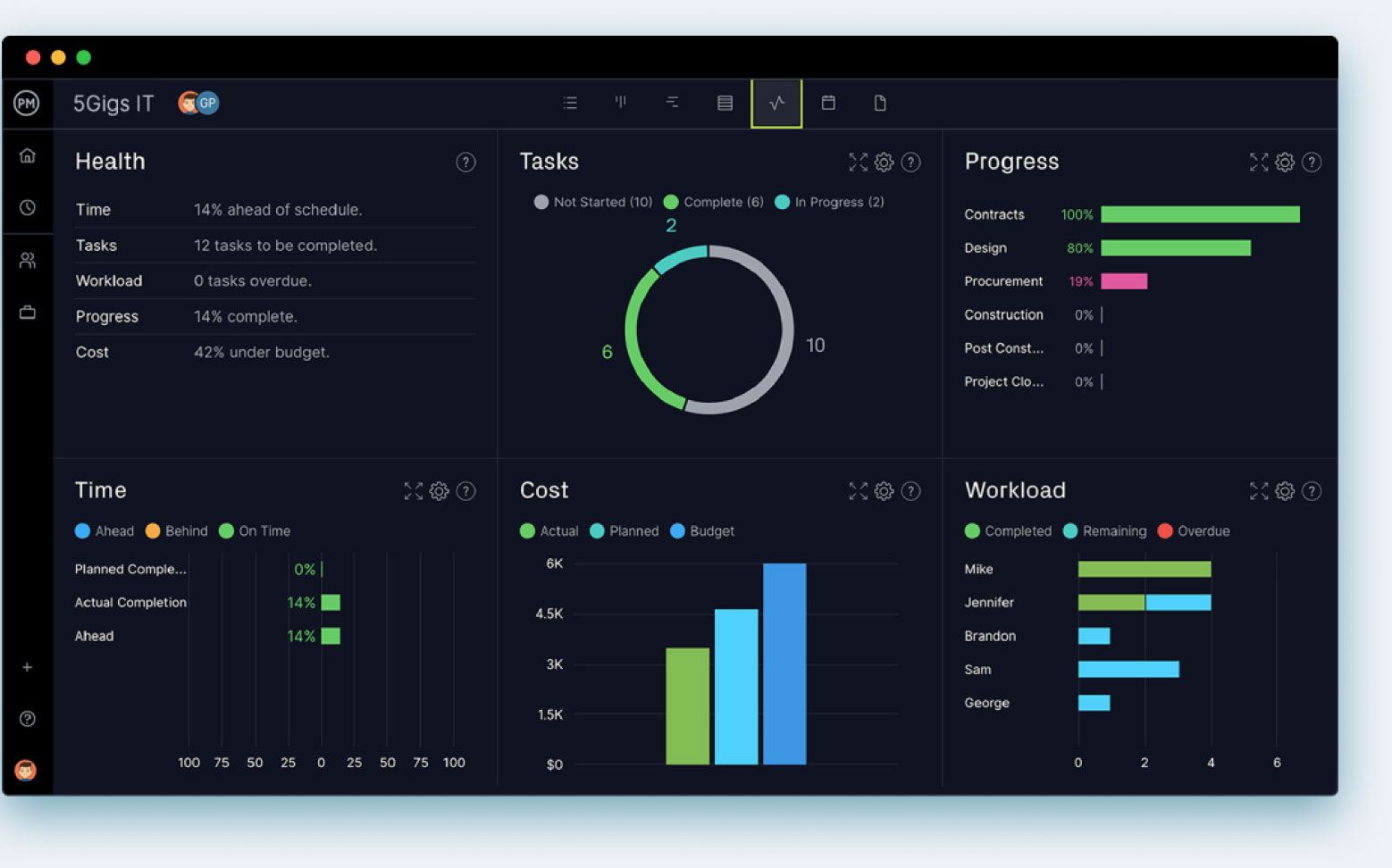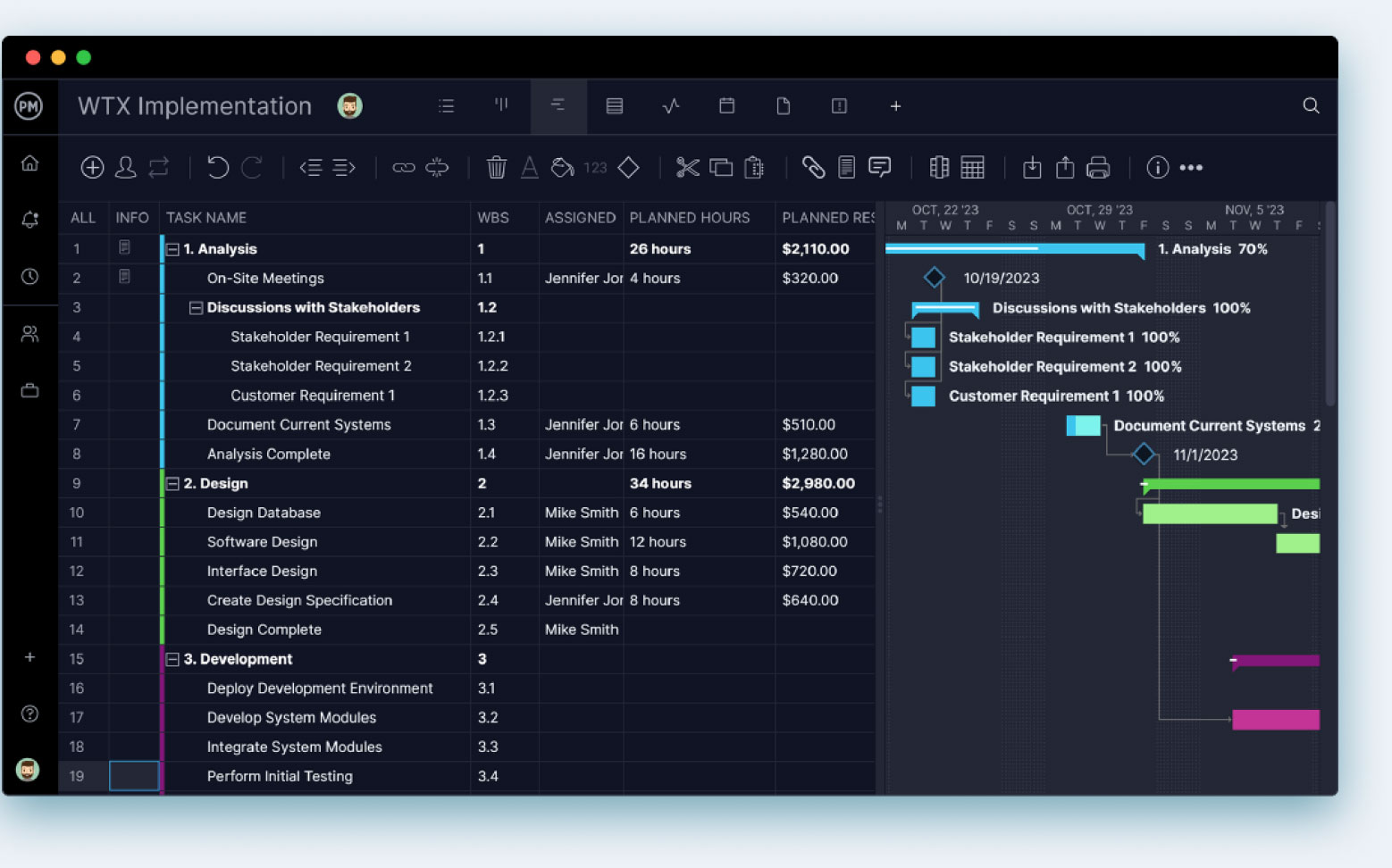Creating software is a complex, layered endeavor. It involves many steps and usually has plenty of features. All that means there are many points in the project’s life cycle in which something can go wrong. A test case is an essential part of software development to make sure a product or a feature is working properly.
Let’s explain what a test case is and then we’ll show you how to write one, step by step. We’ll even add a link to a free test case template you can download to help you get started. But there’s not just one test case in software development so we’ll also define the different types to give you a full understanding of this value software development process.
What Is a Test Case In Software Development?
A test case is the actions taken to make sure a specific feature or functionality when testing software during the software development life cycle. It’s a document that outlines the steps, data, prerequisites and post-conditions needed to verify the software feature or functionality.

Get your free
Test Case Template
Use this free Test Case Template for Excel to manage your projects better.
Part of what a test case does is list the variables that quality assurance (QA) will need to compare the expected and actual results to determine if the feature or functionality works as it was supposed to. The test case document will mention the test case scenario, pre-conditions, test steps, test data, expected results and post-conditions.
The point of a test case isn’t only to validate the feature or functionality of the software but to help testers do their work correctly by identifying the steps they need to follow. This is especially helpful if a bug shows up later in the software development process. It also helps with future projects so they don’t have to start from scratch.
The test case in software development is a process that can be enhanced with project management software. ProjectManager is award-winning project management software that has kanban boards to capture every step in the process of testing the functionality of your software. Our customizable kanban board lets you turn each column into a stage in the case with kanban cards that capture the details. We have unlimited file storage so you can attach all pertinent documentation to the card for reference. Add a tag to each card to make it easy to find and set the priority for the developers and testers. Get started with ProjectManager today for free.

How to Write a Test Case
The test case is usually written by the software development team, the testing team or the QA team. It’s best that the person who didn’t write the code create the test case, as they’ll view it with fresh eyes and not gloss over something.
When creating a test case, there are several steps and formatting to follow. You’ll first want to give each case test a unique name. There will be many test case scenarios over the life cycle of the software development project. Having a unique ID makes it easier to find each one. Then you’ll want to follow these steps.
1. Describe Your Test Case Scenario
The first step is to define what it is you want to cover. There will be many test case scenarios created by developers, but only one should be tested at once. Describe that test scenario in detail.
2. Identify the Preconditions of the Test Case
The preconditions are the steps that have to be followed before the testers can test the scenario. In other words, these are actions that must happen for the functionality to be provided. These are not test case steps but happen before that.
3. Plan the Test Case Steps
Now, you’re ready to list the steps. They must be very detailed, but clear and easy for the tester to follow. This will put into motion input, execution and expected output to see if the feature or functionality is working as planned.
4. Define the Expected Results
You’ll want to detail what’s expected to happen with the test case scenario. It’s important to know the correct result to compare the test results. Naturally, if they match, then everything is working as expected, but if they don’t, then you’ll have to get the developers to fix whatever bugs are causing the issue.
5. Document the Actual Results of the Test Case
The whole reason for the test case is to see if the expected results are the same as the actual results. Here’s where you’ll document those actual results. Again, if the actual results and the expected results show no difference, then the functionality or feature is working. If not, then there’s a bug that must be fixed.

Test Case Example
Now that we’ve gone over the steps in writing a test case, it might be helpful to show that process with a test case example. Let’s imagine a new software product that’s password-protected. The case study scenario is to see whether the user ID and password work to give the user access to the product.
Therefore, the precondition for this test case scenario is having a valid user ID and password. That way you can test the functionality for the login process. Once you have your preconditions, you’ll want to outline the steps as they would be executed by the end users. To test the login, you’d have to 1) enter the user ID, 2) enter the password and 3) click enter.
The expected results would be access to the software. If that happens, the login is working correctly. In our hypothetical test case example, the actual results are that the user ID and password work and the tester is given access to the software. Therefore, the status for this test case scenario is that it passed.
Test Case Template
Our example is but one of many test case scenarios that’ll have to be done. Using a test case template with help by having a consistent and repeatable document for testers to use. They can then be archived for historical data used in future projects. ProjectManager’s website has dozens of free project management templates for Excel and Word that can be downloaded to help with every phase of a project. Download our free test case template for Excel to help with your next project.

Types of Test Cases
You’ve probably realized that we’ve only been talking about one test case, but there are many more. Each test case is used to differentiate the use of test cases at each stage of the testing life cycle. Here are eight test case types, which all serve a different purpose in achieving the highest quality product.
1. Functionality Test Case
As the name suggests, this is used to verify if an application’s interface works with the rest of the system and its users.
2. User Interface Test Case
This test case is used to verify specific parts of the graphical user interface to make sure they look and work as intended. It also tests cosmetic inconsistencies, grammar and spelling errors, links and other elements the user interacts with or sees.
3. Performance Test Case
The performance test case is used to validate response times as well as the overall effectiveness of the application. When executing an action, it tests how long it takes for the system to respond.
4. Integration Test Case
Here all the combined functionality of a product is tested after integration. It’s done to ensure interfaces between the different modules are working properly.
5. Usability Test Case
This test checks how easy it is for new users to understand the software. A user who’s confused at any point is documented by the testing team and shown to the design team, which helps prepare the test case.
6. Database Test Case
Use this test case to verify what’s happening in the background of an application. The writers of this test case must have a deep understanding of the entire application, the database tables and stored procedures.
7. User Acceptance Test Case
This test case is a bit different from the others in that it doesn’t look for bugs as much as to verify that the application is acceptable to the user. These tests are broad, covering all areas of the application.
8. Security Test Case
The security test case is to make sure that data is protected where and when it’s required to be protected. This is done to make sure the application restricts actions and permissions where necessary. The focus is mostly on authentication and encryption.
How ProjectManager Helps With Software Development
The test case is but a small part of the larger IT project management practice, which is facilitated by the use of project management software. ProjectManager is award-winning project management software that offers secure collaboration, robust integrations and detailed reporting to give IT project managers and their teams the tools they need to work more efficiently. We’ve already shown how our kanban boards give testers the tools they need to thoroughly test out software products while giving managers visibility into their processes. But that’s only one of the many project views our software has to offer.
Collaborate Across IT Departments
When working with cross-functional teams on a project not everyone is going to use the same tools. Our multiple project views give you the choice between Gantt charts, kanban boards, task lists, sheet and calendar views. All those views are updated together and teams can share files, get notifications and comment on tasks. Our integrations with Jire, Slack and Teams also foster better collaboration. Since we’re SOC 2 certified, you can always be sure that your data is secure.

Get a High-Level Overview in Real Time
Managers need to monitor the progress and performance of their teams. On our software, all they have to do is toggle over to the real-time dashboard to see easy-to-read graphs and charts. There’s even a portfolio dashboard if you’re tasked with managing multiple projects. You can filter the dashboard and make it as simple or detailed as you’d like with interchangeable widgets. Plus, there’s no time-consuming setup as with lightweight dashboards. Ours is ready when you are.

Of course, that’s only the tip of the iceberg when it comes to our features. We also have resource management tools to set the availability of your team and balance their workload. Secure timesheets, roadmaps and much more. Our software has the flexibility to work in an agile environment, waterfall or hybrid methodology to ensure that your IT projects are planned, managed and tracked properly.
ProjectManager is online project management software that connects teams in the office or across the globe. Our software helps internal IT teams or if you’re an IT company execute how you want with the transparency to monitor and report in real time, schedule with dependencies and much more. Get started with ProjectManager today for free.


